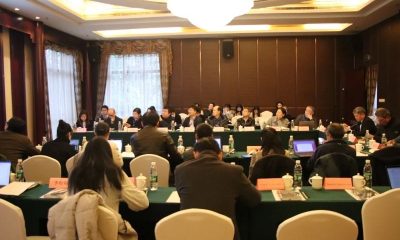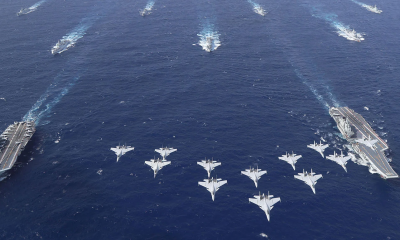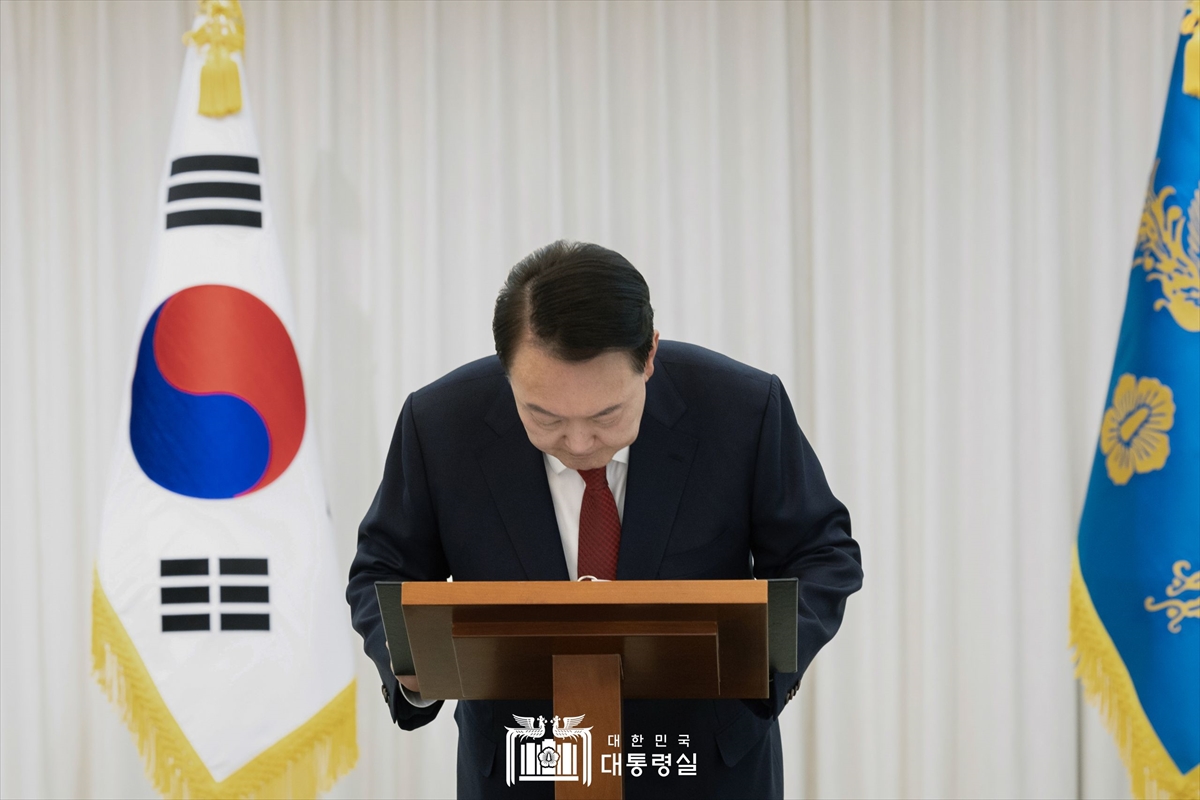China’s People’s Liberation Army (PLA) launched a blockade drill around Taiwan early Monday, as observers tracked the movements of the PLA aircraft carrier Liaoning operating east of the island.
Beijing’s military maneuvers followed a recent speech by Taiwan’s leader, William Lai Ching-te, who voiced a defiant stance on the island’s autonomy.
Senior Navy Captain Li Xi, spokesperson for the PLA Eastern Front Command, stated that the Joint Sword-2024B exercise was conducted in areas north, south, and east of Taiwan, including the Taiwan Strait. The purpose of the drill, he explained, was to test the PLA’s joint operational capabilities.
The exercise, Li said, emphasized naval and air combat readiness patrols and the ability to blockade key ports and other strategic areas. “This is a strong deterrent against separatist actions by Taiwan independence forces. It is a legitimate and necessary operation to protect the sovereignty and integrity of the state,” he added.
Exercise follows Lai’s provocative speech
The drill commenced four days after Lai’s speech, delivered on October 10, during Taiwan’s National Day celebrations. In his address, marking the anniversary of the 1911 revolution that led to the establishment of the Republic of China, Lai asserted that Beijing has no authority over Taiwan. He argued that the two sides of the strait should be regarded as equals.
Lai’s annual speech has become a focal point in recent years, serving as a platform for Taiwan to communicate its stance on cross-strait relations. In this year’s speech, he emphasized that “the two sides are not subordinate to each other,” reaffirming Taiwan’s autonomy.
US response and concerns
Reacting to the drill, the United States expressed serious concern. In a press release on Sunday, U.S. State Department spokesperson Matthew Miller described the PLA’s actions as “unwarranted” and cautioned that they “risked escalation.” Miller urged Beijing to exercise restraint and refrain from actions that could destabilize the Taiwan Strait and the broader region. He reaffirmed the U.S. commitment to its one-China policy, as guided by the Taiwan Relations Act, three joint communiqués, and six assurances.
Chinese coast guard mobilization
On Monday, mainland China’s coast guard announced that it had deployed four fleets to patrol the waters surrounding Taiwan. A map accompanying the announcement displayed the fleets encircling the main island. Additionally, the Fujian Provincial Coast Guard stated it would operate near the Dongyin and Matsu islands, conducting drills focused on verification, embarkation inspections, control, and deportation operations. The purpose, according to the statement, was to test rapid response and emergency handling capabilities.
The Taiwanese government reported on Sunday that the Liaoning aircraft carrier had transited near the Bashi Channel en route to the western Pacific.

Testing the Liaoning’s capabilities
Lin Ying-yu, a professor of international relations and strategic studies at Tamkang University in New Taipei, noted that the drill aimed to test the Liaoning following a significant overhaul. “Like the Shandong aircraft carrier’s exercises in the Western Pacific during the 2023 Joint Sword drill, the Liaoning is undergoing similar training this time,” he said. Previously, the Liaoning had been criticized for its limited capability to support continuous fighter jet operations. Lin suggested that the PLA hopes the carrier’s upgrades will enhance its operational performance, bringing it closer to the dual-carrier capabilities demonstrated by the Shandong.
Previous drills and ongoing tensions
In May, the PLA Eastern Front Command held the Joint Sword-2024A exercise, which began three days after Lai’s inaugural address. Beijing condemned his speech as a “declaration of independence.” During that exercise, the PLA conducted drills in six regions around Taiwan, and the Chinese coast guard dispatched a fleet to enforce its presence in nearby waters.
According to a diagram published by CCTV, the current exercise is being conducted in zones that partially overlap with those used in May. However, it also includes new areas in the Taiwan Strait, northeast of Keelung City, and near Taitung on the island’s southeast coast.
In a statement, Taiwan’s defense ministry condemned the PLA’s actions as “unreasonable and provocative” and vowed to deploy appropriate forces to defend the island. On Monday morning, the ministry reported detecting 25 PLA aircraft, seven PLAN ships, and four other official vessels operating near Taiwan, with some aircraft crossing the median line into Taiwan’s southwest and east air defense identification zones.
China’s continued deterrence
An opinion piece published on a social media account linked to China’s defense ministry criticized Lai’s National Day speech, describing it as divisive and a source of tension. Fu Zhengnan, a commentator from the PLA Academy of Military Sciences, told CCTV that the drill was intended to communicate that the PLA would not tolerate what it sees as incremental moves toward Taiwanese independence.
Similarly, Zhang Chi, a professor at the PLA’s National Defense University, remarked that the scope of Monday’s drill had expanded. He highlighted that the exercise significantly limited the operational space of Taiwan’s military, demonstrating the PLA’s enhanced joint operational capabilities in the vicinity of the island.


 EUROPE5 days ago
EUROPE5 days ago
 OPINION1 week ago
OPINION1 week ago
 DIPLOMACY2 weeks ago
DIPLOMACY2 weeks ago
 DIPLOMACY1 week ago
DIPLOMACY1 week ago
 ASIA2 weeks ago
ASIA2 weeks ago
 OPINION1 week ago
OPINION1 week ago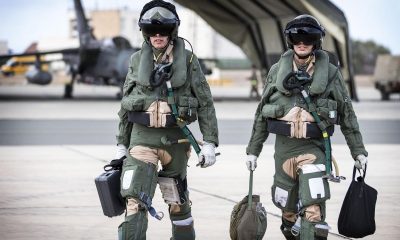
 EAST MEDITERRANEAN2 weeks ago
EAST MEDITERRANEAN2 weeks ago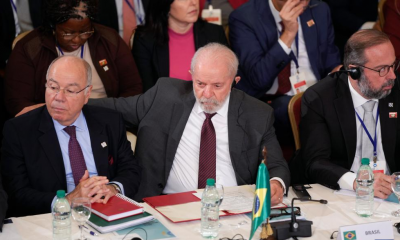
 OPINION4 days ago
OPINION4 days ago






